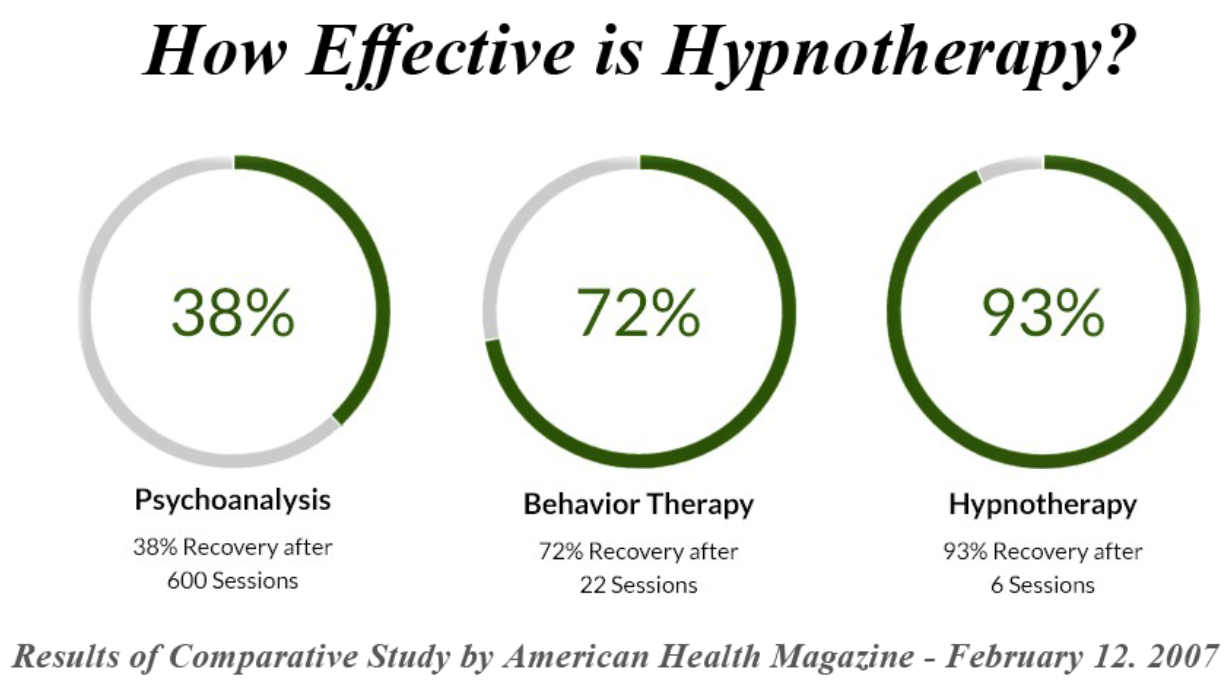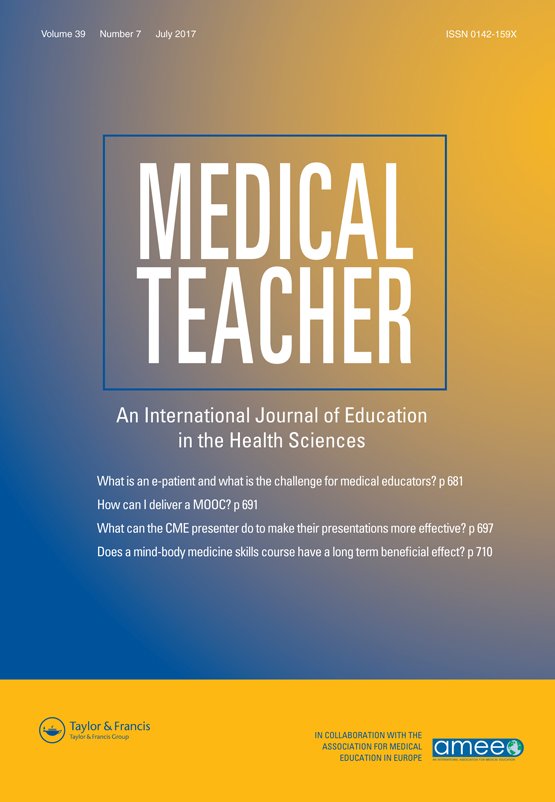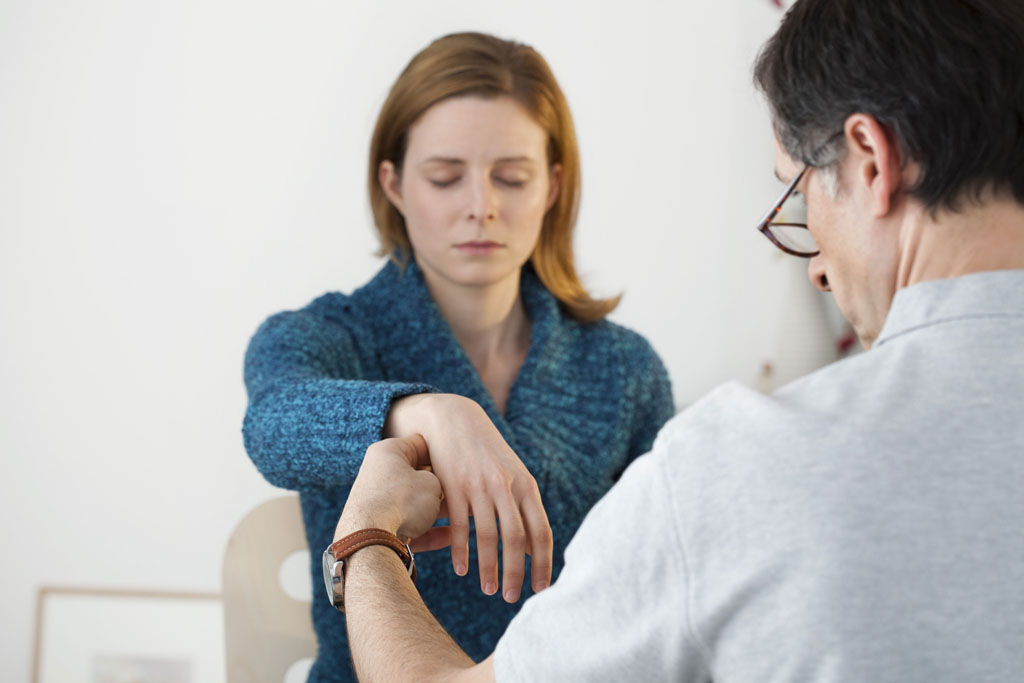
Driving fear can be a challenging condition to overcome. It can be caused by many factors and is possible for anyone to develop it. People who have been involved in car accidents are more likely to develop the fear. There are other triggers that could be used to make you fear driving, such as watching a movie and Mothers Against Drunk Driving displays. Some people simply have a phobia and never wanted to learn how to drive.
This disorder can be severe and you should seek professional treatment. Although it may be mild and only cause some pain, phobias can quickly become severe and incapacitating. Therapy is an important step in dealing with the condition, and there are several different types of therapies available to treat it. The psychological treatments such as exposure therapy can also prove helpful. Individual driving instructors can also be hired for people who have a fear of driving.

Those with a fear of driving may experience a variety of physical symptoms. In some cases, these symptoms may be similar to panic attacks and anxiety. Some people with driving fear may not have any physical symptoms. In these cases, they will attempt to avoid driving whenever possible. The condition can be very difficult to live with, even though it is quite common. As well as causing long-term health issues like diabetes, severe phobias might lead to permanent phobias.
There are many ways to deal with a fear of driving. Avoiding situations that may increase your chance of getting hurt is one method. For example, a person may be afraid of riding in a car, while someone who is afraid of the heights of bridges may be scared of the feeling of height and length of a bridge. These people may not be able to drive well in certain situations. In such cases, the sufferer may make excuses to avoid the phobia.
People suffering from driving phobia might find it difficult to drive a vehicle or travel in one. Because they are afraid of driving, this is called driving phobia. No matter the reason, fear of driving can impact a person's daily life and ability to drive. The fear of driving can either be mild or serious. It may also cause a person to avoid certain jobs, activities, or types of work. Although it is unknown what driving phobias are, many people suffer from them.

Psychological counseling is the best treatment for driving fear. It involves exposing someone to situations that trigger fear. The therapist will assist the patient to understand their fears. Recognize that there is no one-size fits all approach to conquering a fear driving. The best way to get rid of fear is to seek treatment. Although there are many options, they can help someone live a normal existence.
FAQ
How does an anti-biotic work?
Antibiotics are medications that kill harmful bacteria. Antibiotics are used to treat bacterial infections. There are many kinds of antibiotics. Some can be taken orally, others are injected and some are applied topically.
People who have been exposed may be prescribed antibiotics. For example, if someone has had chicken pox, he or she might take an oral antibiotic to prevent shingles later on. Or, if someone has had strep throat, he or she might receive an injection of penicillin to help prevent pneumonia.
A doctor should give antibiotics to children. Children are more susceptible to side effects from antibiotics than adults.
Diarrhea being the most common side effect of antibiotics. Other possible side effects include stomach cramps, nausea, vomiting, allergic reactions, headaches, dizziness, and rashes. These side effects usually disappear once treatment has ended.
Do I need calories to count?
You might be asking "What is the best diet?" or "is counting calories necessary?" It depends on many factors such as your current health, personal goals, preferences, and overall lifestyle.
The Best Diet - Which One Is Right To You?
My personal health, goals and preferences as well as my lifestyle determine which diet is best for me. There are many options, both good and bad. Some work well for certain people while others don't. What should I do then? How can I make the right choice?
This article aims at answering these questions. It begins by briefly describing the various diets available today. The pros and cons of each diet are then discussed. Finally, we'll look into how to choose the best one for you.
To begin, let's take a quick look at the different types of diets.
Diet Types
There are three main types, low fat, high protein, or ketogenic diets. Let's discuss them briefly below.
Low Fat Diets
A low fat diet is a diet that restricts the amount of fats consumed. This is done by reducing your intake of saturated oils (butter, cream cheeses, etc.). and replacing them with unsaturated fats (olive oil, avocados, etc.). If you want to lose weight fast and easily, then a low fat diet is often recommended. This diet can cause constipation, heartburn, and stomach problems. If a person doesn’t receive enough vitamins from their foods, this can lead to vitamin deficiency.
High Protein Diets
High-protein diets limit carbohydrates and favor proteins. These diets often have higher levels of protein than most other diets. These diets are designed to build muscle mass and help you burn more calories. Unfortunately, they can't provide adequate nutrition for those who eat regularly. They are also very restrictive, so they might not be appropriate for everyone.
Ketogenic Diets
Ketogenic diets are also known as keto diets. They are high fat and moderately carbohydrate and protein-rich. Athletes and bodybuilders use them because they allow them more time and harder training without feeling fatigued. However, they must be used with caution to avoid nausea, headaches and fatigue.
What is the difference among a virus or a bacterium and what are their differences?
A virus is an organism microscopic that can't reproduce outside its host cells. A bacterium (or single-celled organism) reproduces by splitting itself into two. Viruses measure only 20 nanometers in diameter, but bacteria is up to 1 millimeter in size.
Viruses are spread via contact with infected bodily liquids such as urine, saliva, semen and vaginal secretions. Bacteria are often spread via direct contact with contaminated surfaces or objects.
Viruses can enter our bodies through cuts, scrapes, bites, or other breaks in the skin. They can also be transmitted through the eyes, nose, mouth, ears, rectum, and anus.
Bacteria can get into our bodies through cuts, scrapes and burns, insect bites, or other skin breaks. They can also enter our bodies from food, water, soil, dust, and animals.
Both bacteria and viruses can cause illness. However, viruses cannot reproduce within their hosts. They can only infect living cells and cause illness.
Bacteria can spread within the host and cause illness. They can even invade other parts of the body. We need antibiotics to get rid of them.
What are the 10 most delicious foods?
These are the top 10 foods to eat.
-
Avocados
-
Berries
-
Broccoli
-
Cauliflower
-
Eggs
-
Fish
-
Grains
-
Nuts
-
Oats
-
Salmon
Statistics
- In both adults and children, the intake of free sugars should be reduced to less than 10% of total energy intake. (who.int)
- Extra virgin olive oil may benefit heart health, as people who consume it have a lower risk for dying from heart attacks and strokes according to some evidence (57Trusted Source (healthline.com)
- WHO recommends reducing saturated fats to less than 10% of total energy intake; reducing trans-fats to less than 1% of total energy intake; and replacing both saturated fats and trans-fats to unsaturated fats. (who.int)
- According to the 2020 Dietary Guidelines for Americans, a balanced diet high in fruits and vegetables, lean protein, low-fat dairy and whole grains is needed for optimal energy. (mayoclinichealthsystem.org)
External Links
How To
27 Steps to a healthy life when your family eats only junk food
Cooking at home is the most popular way to eat healthier. However, this is often difficult because people do not know how to prepare healthy meals. This article will help you make healthier choices while dining out.
-
Find restaurants that offer healthy options.
-
Order salads before you order meat dishes.
-
Ask for sauces without added sugar.
-
Avoid fried foods.
-
Instead of ordering fried meats, request grilled meats.
-
If you don't really need dessert, do not order it.
-
It is important to have something more after dinner.
-
Always eat slowly and chew your food thoroughly.
-
Take plenty of water with your meals.
-
Do not skip breakfast, lunch or dinner.
-
Include fruit and vegetables with every meal.
-
Drink milk rather than soda.
-
Try to avoid sugary drinks.
-
Limit the amount of salt in your diet.
-
You should limit how often you visit fast food restaurants.
-
Ask someone to join you if you cannot resist temptation.
-
Your children shouldn't watch too much television.
-
Turn off the television during meals.
-
Do not consume energy drinks.
-
Regular breaks from work are important.
-
Exercise early in the morning.
-
Every day, exercise.
-
Start small and build up gradually.
-
Set realistic goals.
-
Be patient.
-
Exercise even if it's not your favorite thing to do.
-
Positive thinking is important.